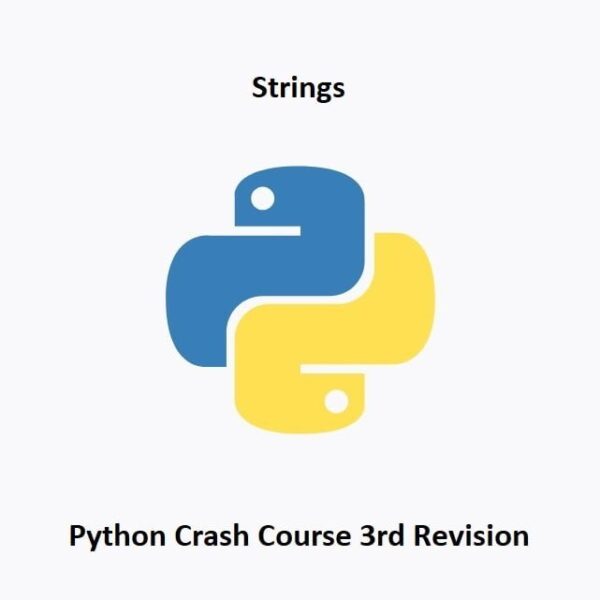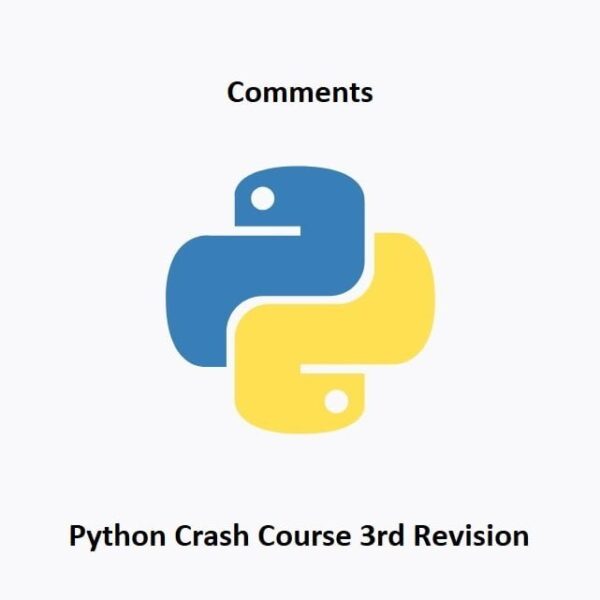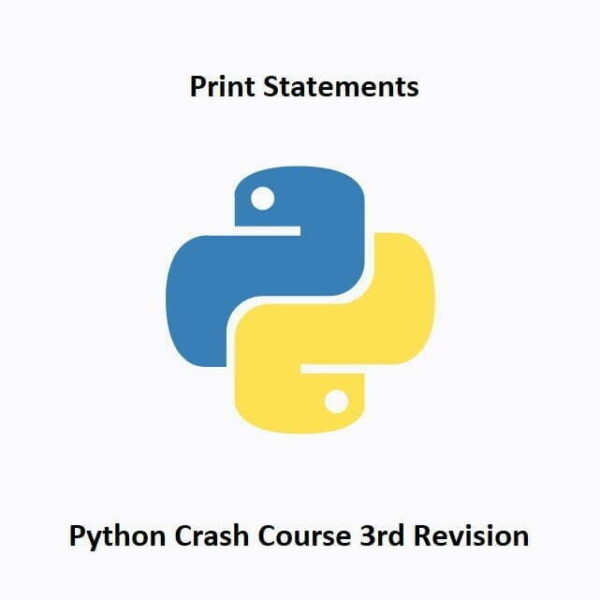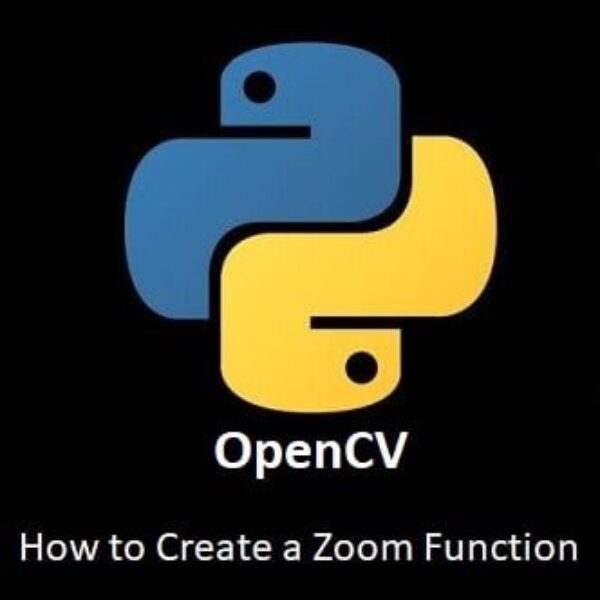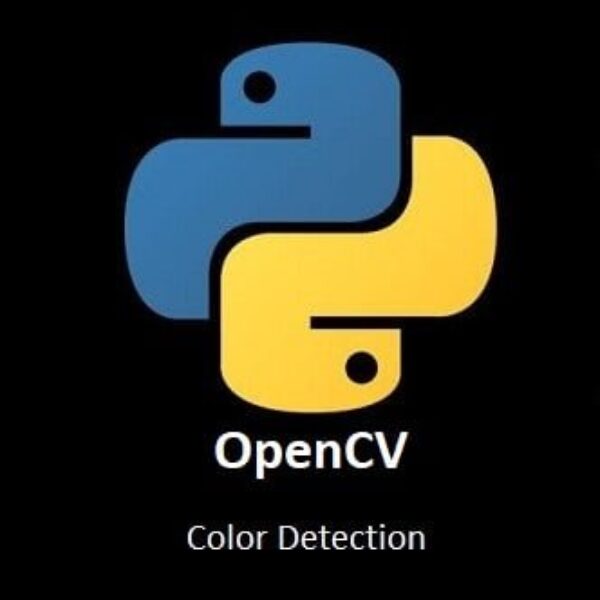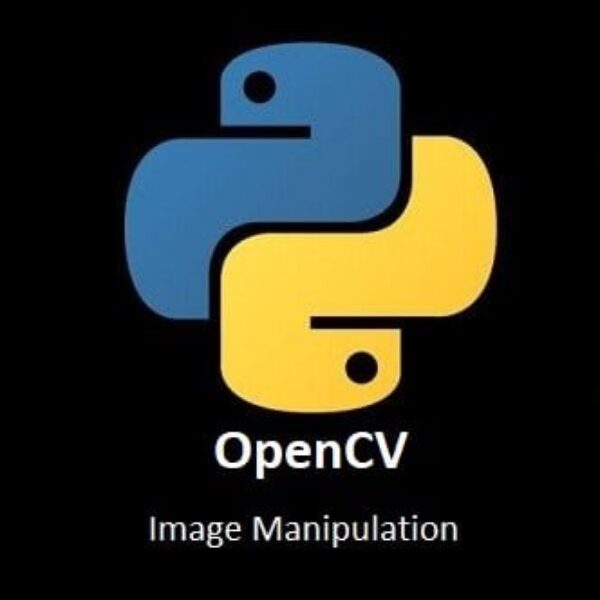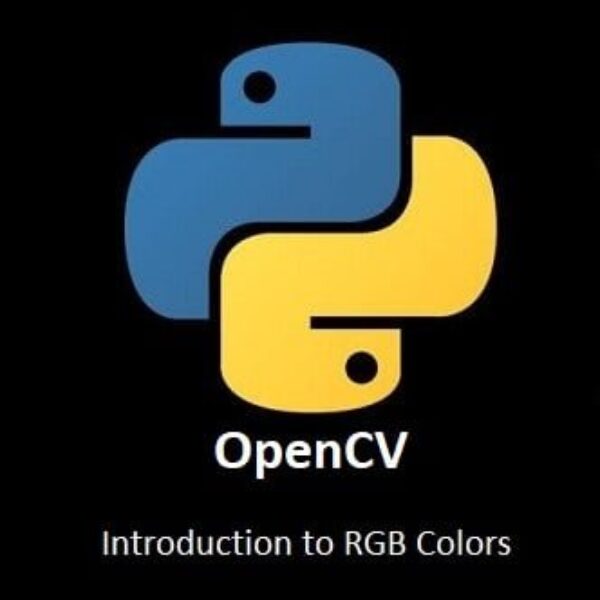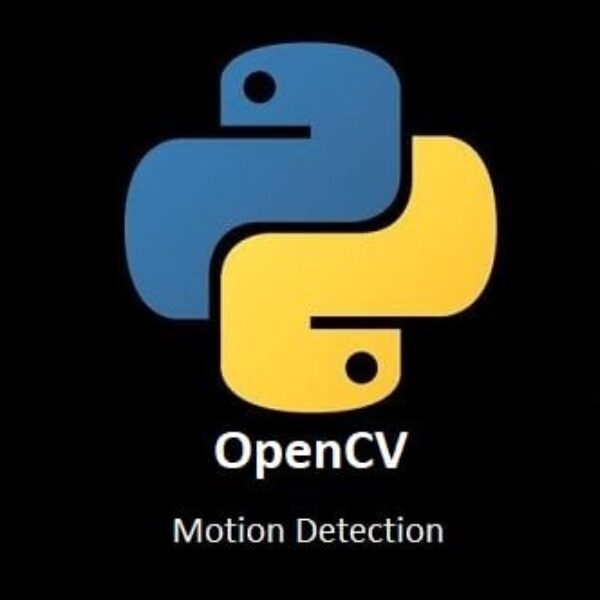Python Crash Course Rev3: Variables
The Building Blocks of Code Variables in Python act as containers that store data values. They are fundamental to programming, allowing us to store, manipulate, and retrieve information efficiently. Understanding variables is like learning the alphabet before forming sentences; they lay the groundwork for creating meaningful programs. Let's explore the essence of variables in this Python crash course guide and how they contribute to the versatility and dynamism of coding.Variable Characteristics Variables in Python have the following characteristics: Declaration: Unlike…


